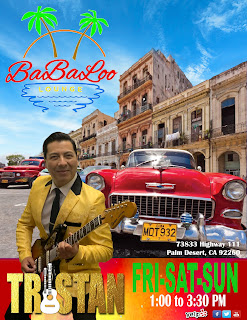Miguel Tristan, 25 years promoting the Bolivian "Charanguitar" in the US.
Miguel Tristan, 25 years promoting the Bolivian "Charanguitar" in the US. a custom made instrument built by maestro Freddie Cruz.
Inspired in the bolivian Charango and the clasical guitar, the charanguitar is a hybrid instrument capable of a wide range of melodic and harmonic accents and both can be played simultaneusly.
By playing the Charanguitar, Tristan Hopes to take this bolivian treasure to new audiences showing the richness of the andean culture and the new horizons that can be explored musicaly as well as the many styles that can be played on the charanguitar, for instance Rock, Jazz, Blues, Pop, Classical, Flamenco, or world music.
The first historic information on the charango was gathered by Vega going back to 1814, when a cleric from Tupiza documented that "the Indians used with much enthusiasm the guitarrillos around here in the Andes of Bolivia they called them Charangos". Turino mentions that he found carved sirens representing playing charangos in some Colonial churches in the highlands of Bolivia.
There are many stories of how the charango came to be made with it's distinctive diminutive sound box of armadillo. One story says that the native musicians liked the sound the vihuela (an ancestor of the Classical Guitar) made, but lacked the technology to shape the wood in that manner. Another story says that the Spaniards prohibited natives from practicing their ancestral music, and that the charango was a (successful) attempt to make a lute that could be easily hidden under a garment. It is believed the charango originated in the 18th century Andes somewhere in modern-day Potosí Bolivia, probably from Amerindian contact with Spanish settlers



Comments
Post a Comment